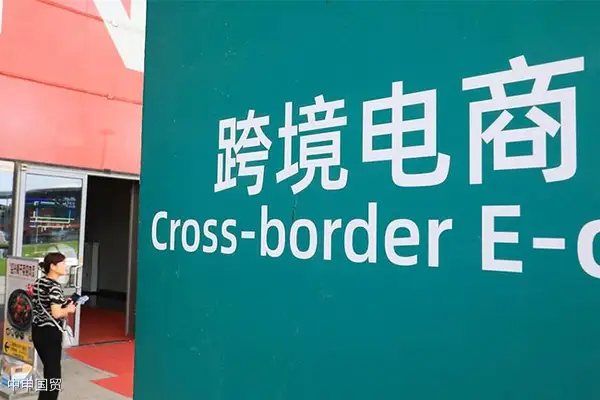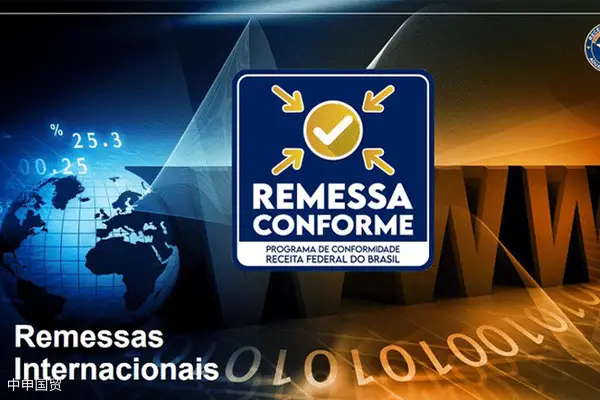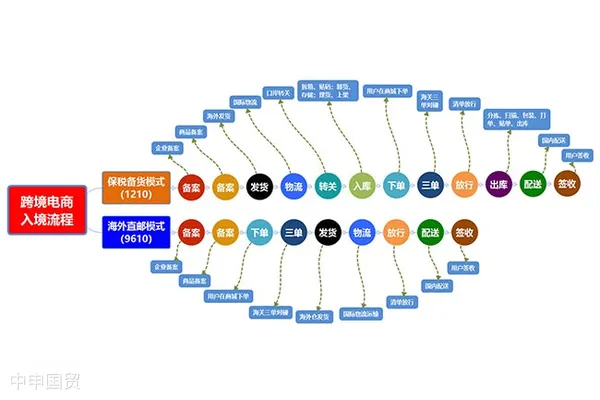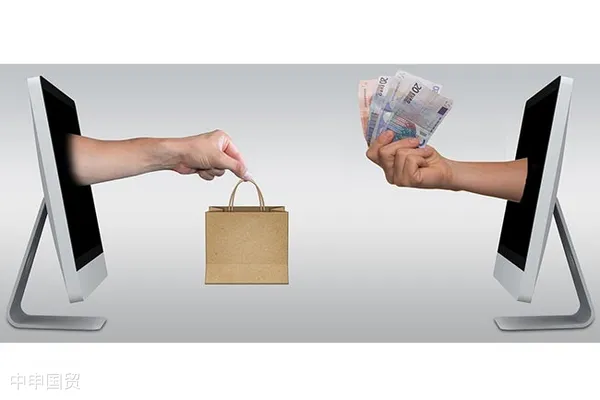- Shanghai Zhongshen International Trade Co., Ltd. - Two decades of trade agency expertise.
- Service Hotline: 139 1787 2118
With the rise of e - commerce,Cross-border E-commerceThe business has become an important part of international trade. This article provides a detailed analysis of the three customs clearance modes for cross - border e - commerce business: direct purchase import (9610), retail export (9610), and business - to - business export (9710, 9810), and introduces which products can be imported through the cross - border e - commerce channel.

Analysis of the Cross - border E - commerce Direct Purchase Import Mode (9610)
In the cross - border e - commerce direct purchase import mode, cross - border e - commerce platforms, payment enterprises, and logistics enterprises need to transmit relevant electronic information on transactions, payments, and logistics to the customs first. This data needs to be transmitted via the single window of China International Trade or the cross - border e - commerce customs clearance service platform. Once the information is transmitted, the cross - border e - commerce or its domestic agent needs to submit the Declaration List, which has the same legal effect as a traditional customs declaration form. All electronic information and data must be confirmed for authenticity through electronic signatures.
Overview of the Cross - border E - commerce Retail Export Mode (9610)
In the retail export mode, cross - border e - commerce enterprises or their agents, and logistics enterprises must transmit relevant electronic information on transactions, payments, and logistics to the customs before the export of goods. Similar to the direct purchase import mode, all electronic information needs to be transmitted through the single window or the cross - border e - commerce customs clearance service platform and be responsible for its authenticity. In addition, a Declaration List needs to be submitted and electronically signed when exporting.
Detailed Description of the Cross - border E - commerce Business - to - Business Export Mode (9710, 9810)
In this mode, cross - border e - commerce enterprises or their agents, and logistics enterprises need to submit declaration data and electronic information to the customs through the single window or the Internet + Customs platform. These data and information should be true, complete, and they are legally responsible for their authenticity. In addition, the customs gives priority to inspecting B2B export goods and can also conduct transit through the cross - border e - commerce mode.
Which products can be imported through the cross - border e - commerce channel?
According to the List of Cross - border E - commerce Retail Imported Goods and the Announcement on Adjusting the List of Cross - border E - commerce Retail Imported Goods issued by the Ministry of Finance and relevant departments, the goods imported through cross - border e - commerce need to meet specific catalog requirements. Currently, 29 popular consumer goods such as skiing equipment have been added, and 1 item of swords has been deleted. This adjustment has further enriched the variety of goods. For example, household dishwashers, cat litter, tomato juice, etc. can all be imported through cross - border e - commerce channels.
The transformation of the customs clearance process for cross - border e - commerce business reflects that with the development of the e - commerce industry, the forms and rules of international trade are also constantly adapting and changing. Different customs clearance modes have their specific operation processes and regulations, and all processes emphasize the authenticity and integrity of data, ensuring the compliance and safety of cross - border e - commerce business. At the same time, the adjustment of the commodity list can better meet the diverse needs of the domestic market, bringing more choices to consumers.
Related Recommendations
? 2025. All Rights Reserved. 滬ICP備2023007705號-2  PSB Record: Shanghai No.31011502009912
PSB Record: Shanghai No.31011502009912









